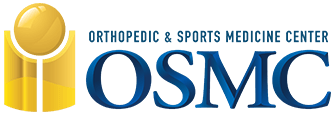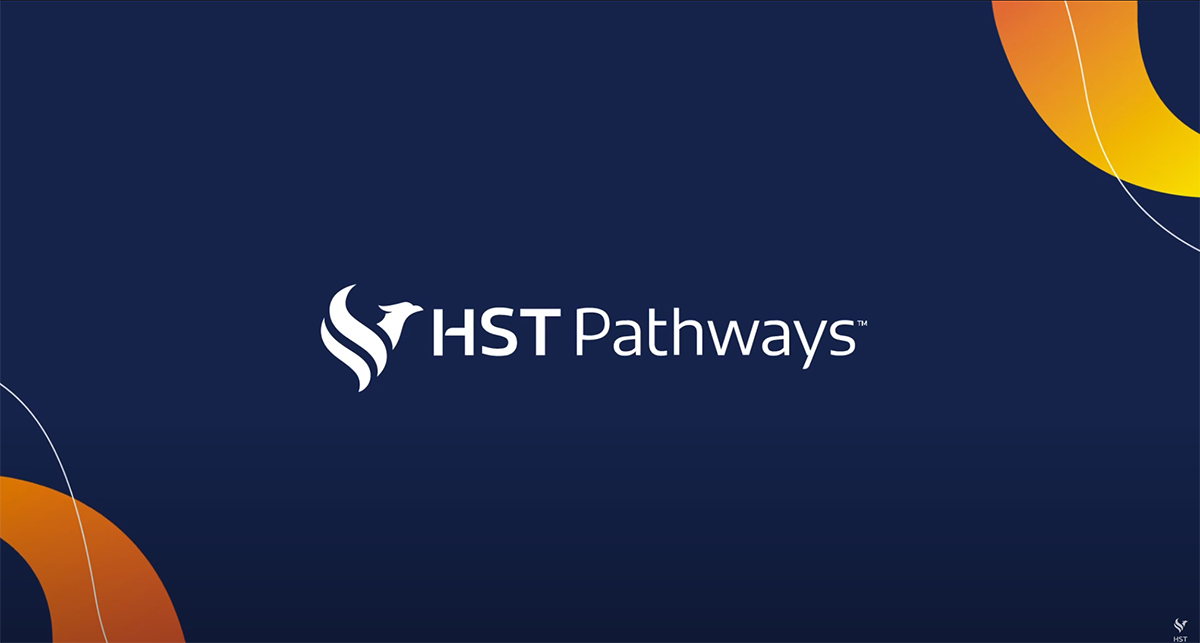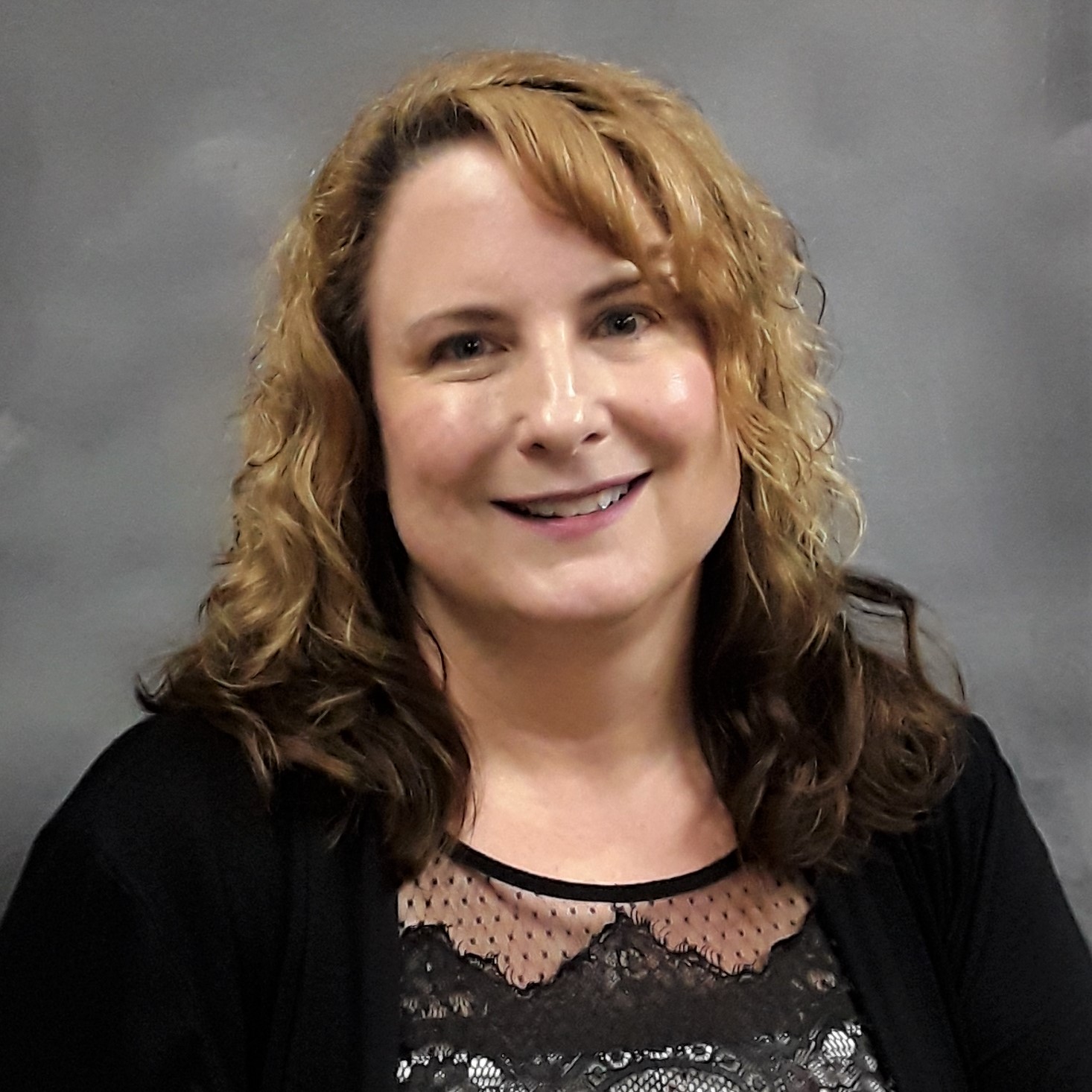Revolutionizing Patient Care & ASC Operations
OSMC transformed patient care and operations after implementing HST Platinum.

Since implementing HST, this ASC has achieved:
- Conservation of resources equivalent to one full-time position
- Notable time and cost savings
# of Centers: 2
# of ORs: 2 & a procedure room
Featured Solutions: Surgery Center Management, Electronic Charting, Scheduling & Care Communication, Patient Estimates
Solutions in Use: Surgery Center Management, Electronic Charting, Scheduling & Care Communication, Patient Estimates
State(s): IN
Customer type: ASC
Specialties: Multi-specialty

The Challenge
Prior to the implementation of HST, OSMC was confronted with a multitude of challenges that hampered their efficiency and overall patient engagement. They were previously using Vision from SIS, which proved to be both outdated and cumbersome to use. Prior to implementing HST, OSMC faced challenges with inefficient processes, including:
- Limited updates to the previous system, resulting in manual charting and signatures
- Patients had to sign (admission papers, consent forms, discharge instructions, etc.) on physical paper, and those would then have to be scanned into the system at the end of the day, or the following day if backed up
- Needing to carry around a signature pad
- Inefficient implant logs maintained on paper
- Lack of real-time collaboration within the system
Overall, OSMC was facing numerous operational challenges that resulted in inefficient, outdated processes both for the patients and for their staff. To start, having to manually scan and store paper documents presented a significant hurdle as it not only added to the workload of the staff but also resulted in substantial costs for equipment and storage space. System downtime was another major issue faced by OSMC. Frequent interruptions in service led to workflow disruption, potentially compromising patient care and causing frustration among the staff.
After hearing positive feedback from fellow administrators and recognizing the need for change, OSMC decided to explore HST Pathways as an alternative solution that could solve the operational challenges they were facing.
The Solution
Prior to deciding on HST Pathways, OSMC conducted thorough demos with both HST and SIS, involving doctors, staff, and management teams to ensure the chosen solution would fit everyone’s needs. OSMC chose HST Pathways’ suite of products due to the following advantages:
- The ability for the billing team to perform all billing operations in-house
- Use of iPads instead of signature pads for added mobility
- Streamlined scheduling, resulting in staff time savings
- An integrated system, allowing for real-time updates and cohesiveness
OSMC chose to implement:
- HST’s surgery center management
- HST’s electronic charting
- HST’s scheduling & care communication
- HST’s patient estimates
The appeal of HST’s offerings was further enhanced by their user-friendly nature and efficiency. The process of implementation was carried out remotely during the COVID pandemic, with the use of weekly Zoom sessions and classes to facilitate learning and understanding of the system. Assistance from HST’s customer support and implementation teams was readily available throughout the process. Responses were swift and helpful, ensuring that any issues encountered were promptly resolved.
Now it’s rare anyone has issues with the charting at all. The front desk has all the patients sign on the iPad, which makes it a lot quicker and easier for them to go through all the admissions information. Everyone can be looking at the chart at the same time, one can be entering the data and the other one is seeing updates in real time. It just makes it a lot easier.
Kim Brown
ASC Director, OSMC Outpatient Surgery Center
The Results
Several positive outcomes and improvements in the day-to-day operations have been observed by OSMC since the implementation of HST.
Considerable time and cost savings had been realized almost immediately. Scanners have been replaced with iPads for patient signatures, thereby eliminating the need for scanning and copying documents. As a result, resources equivalent to at least one full-time position have been recouped.
Efficiency has also been markedly improved. Charting and documentation are now simplified due to the intuitive features and ease of use of HST’s products. The ability for multiple users to access the same chart simultaneously has reduced the need for manual coordination, leading to streamlined communication.
Price transparency is now feasible through the implementation of HST’s patient estimates, which allows OSMC to provide accurate and transparent estimates to patients, which is of utmost importance due to regulatory requirements in Indiana.
Feedback from stakeholders has been overwhelmingly positive. Despite initial concerns from doctors about the change in products, adaptation to HST’s products was rapid. The ease of use and time-saving features were quickly noted and appreciated. Other stakeholders, such as the business office, reported improved efficiency and satisfaction with the new system.
It’s a great product, I really like it a lot. It has a bunch of products that work together, and HST is continuously looking at other products to build or bring into the HST fold.
Kim Brown
ASC Director, OSMC Outpatient Surgery Center
The Future
Kim is excited for HST’s patient texting & pre-assessments, the pre-assessment questionnaire and texting solution provided by HST. The integration of medications and patient information into HST’s electronic charting is a key step on the product roadmap that is being eagerly awaited. This integration is expected to lead to significant time savings. Currently, the process of contacting patients for health history questions and instructions is done manually. The implementation of the patient engagement tool is anticipated to automate this process, thereby enhancing efficiency.
A high degree of confidence is held in the ability of HST to anticipate and meet the needs of ASCs. This confidence stems from HST’s track record of either developing or acquiring the necessary products and being one step ahead of what ASCs need, as stated by Kim. As such, the expectation is that HST will continue to be used by OSMC for the foreseeable future.
The combination of these factors points towards a future where the relationship between OSMC and HST is not only maintained but also strengthened and expanded.

